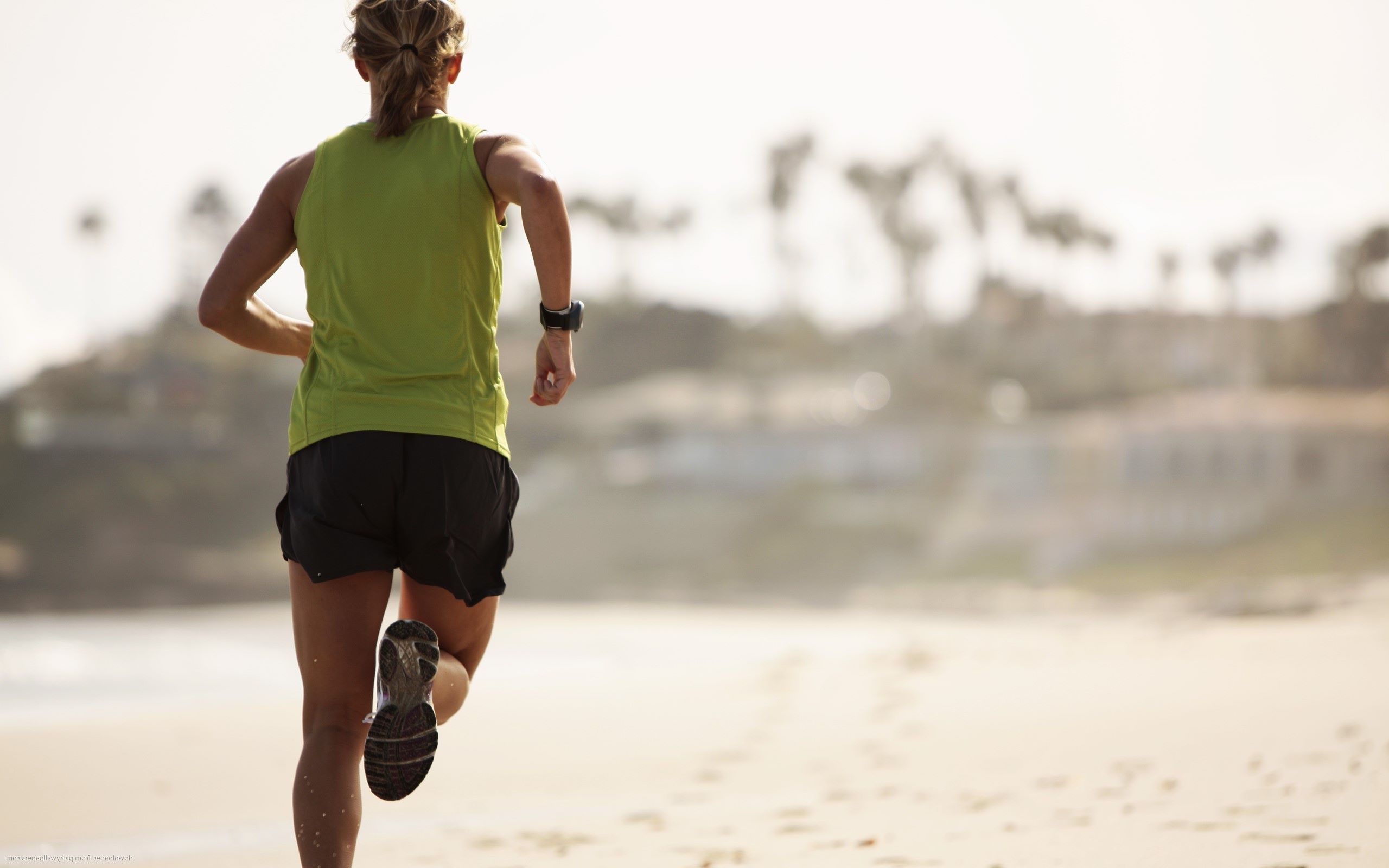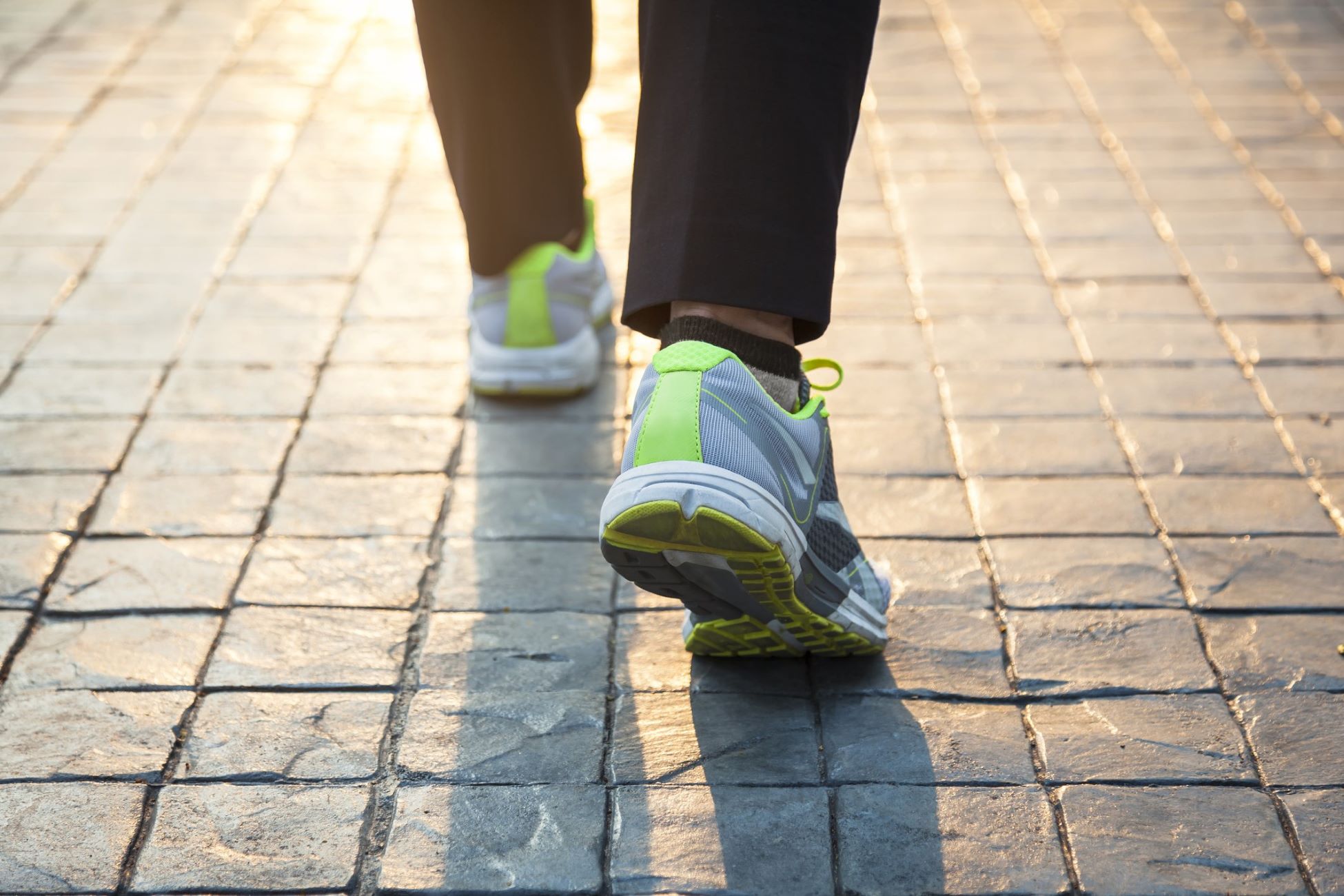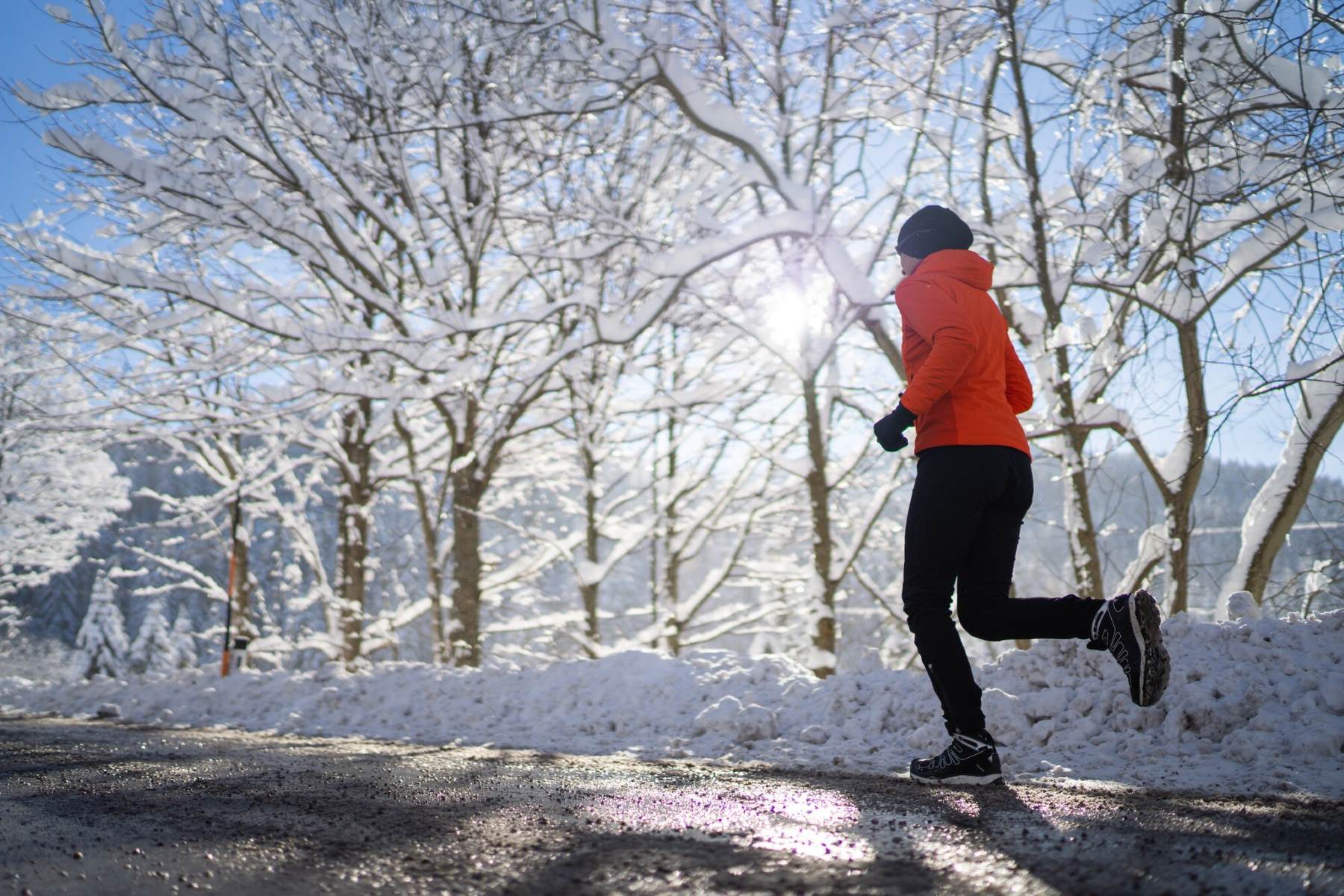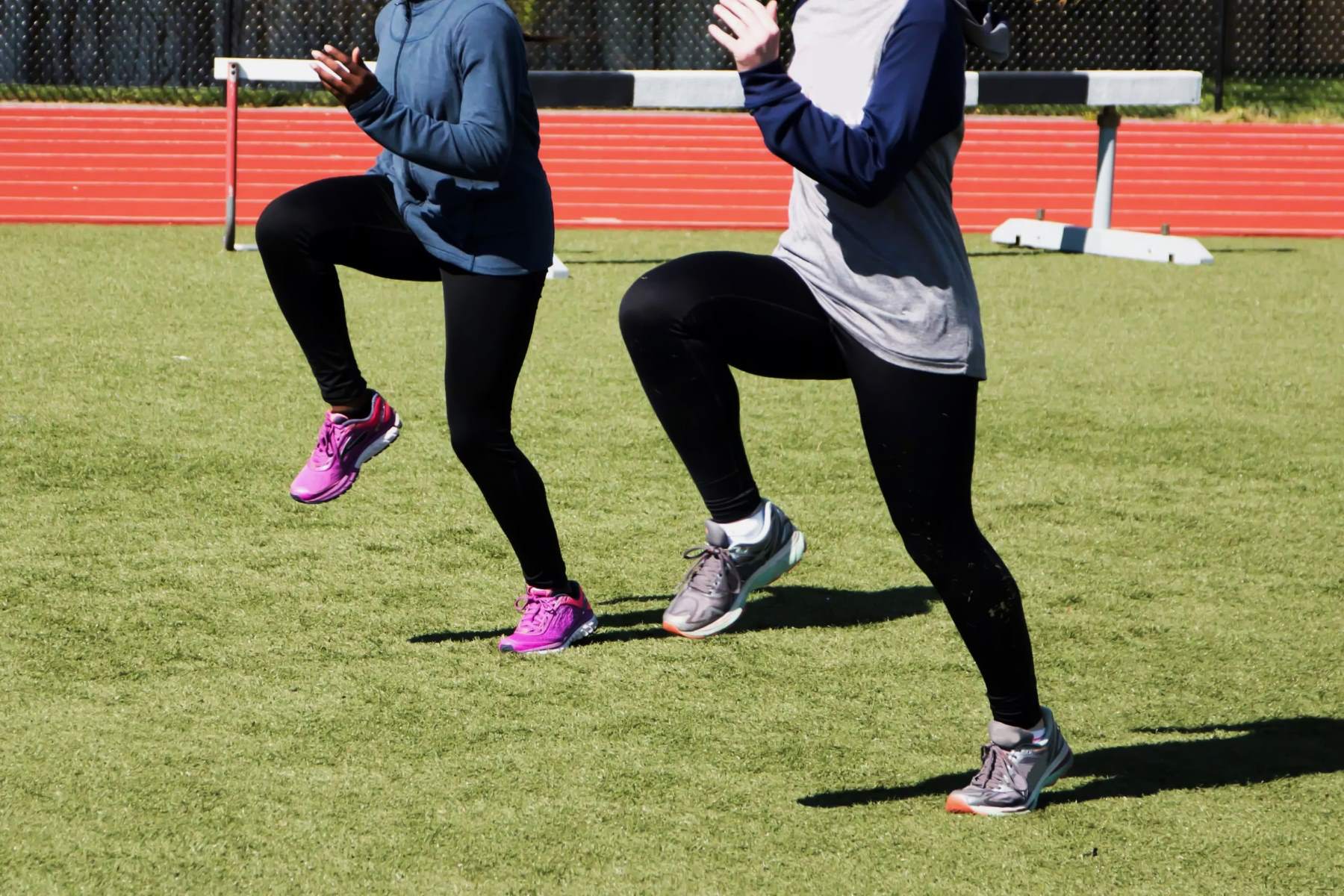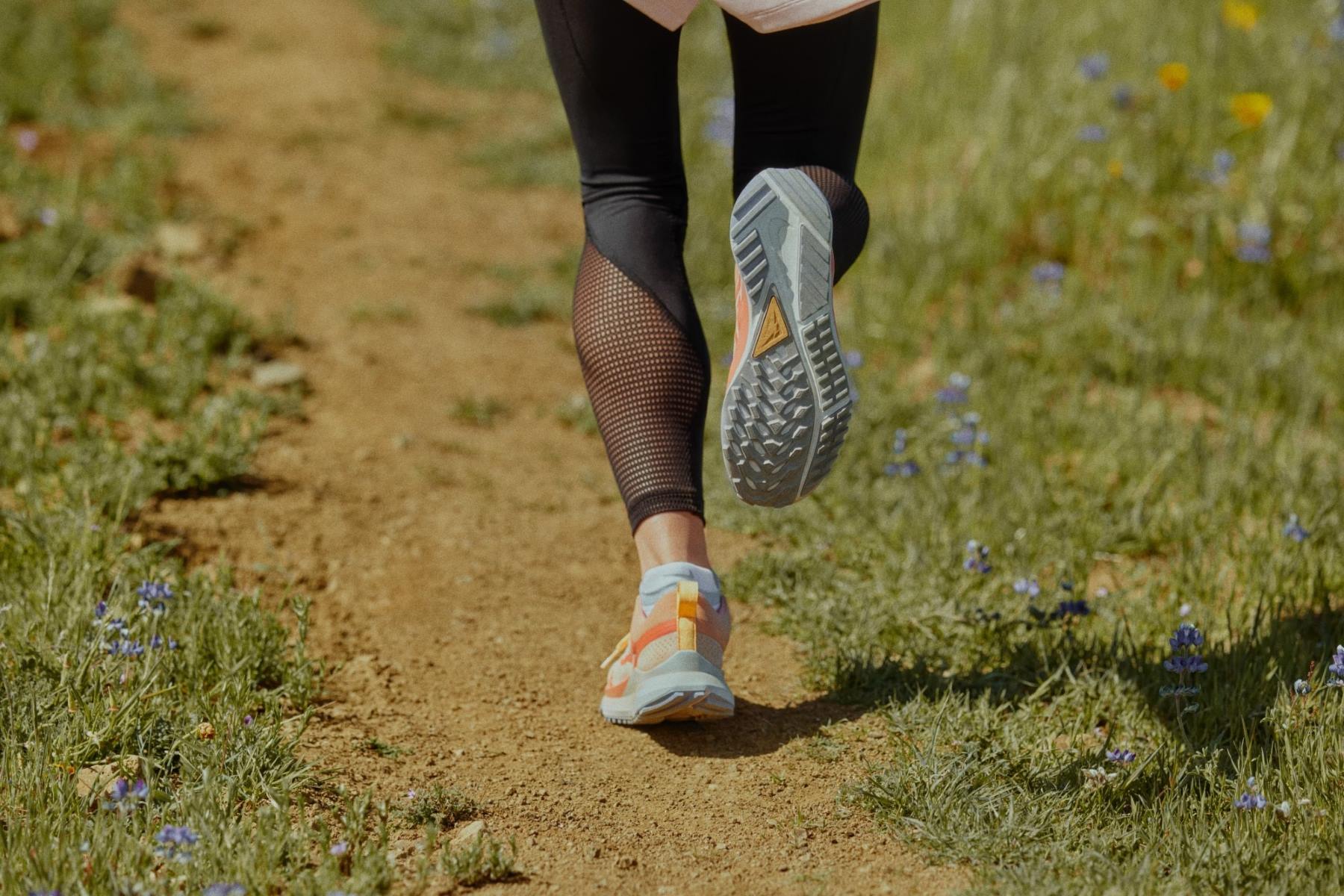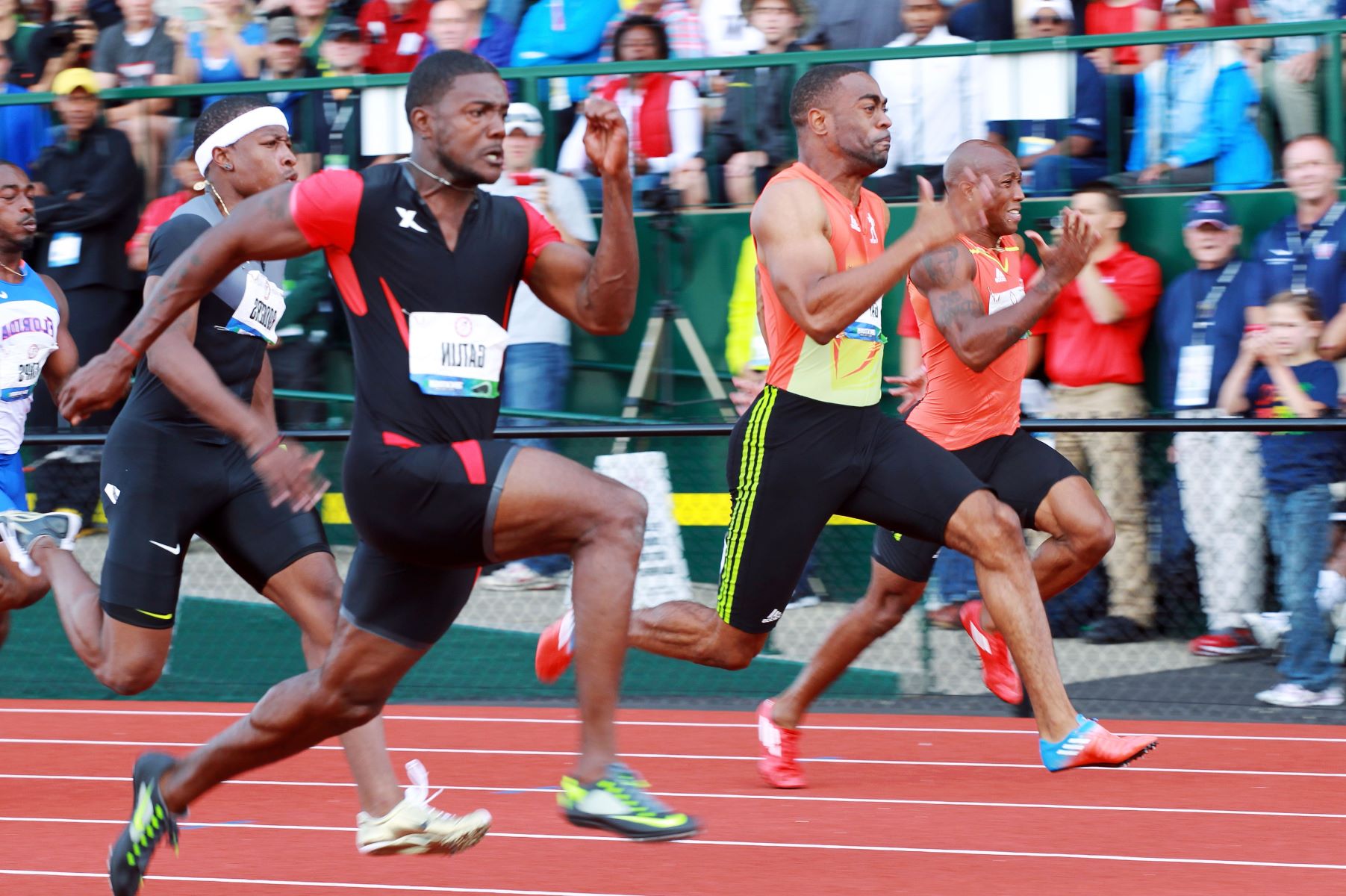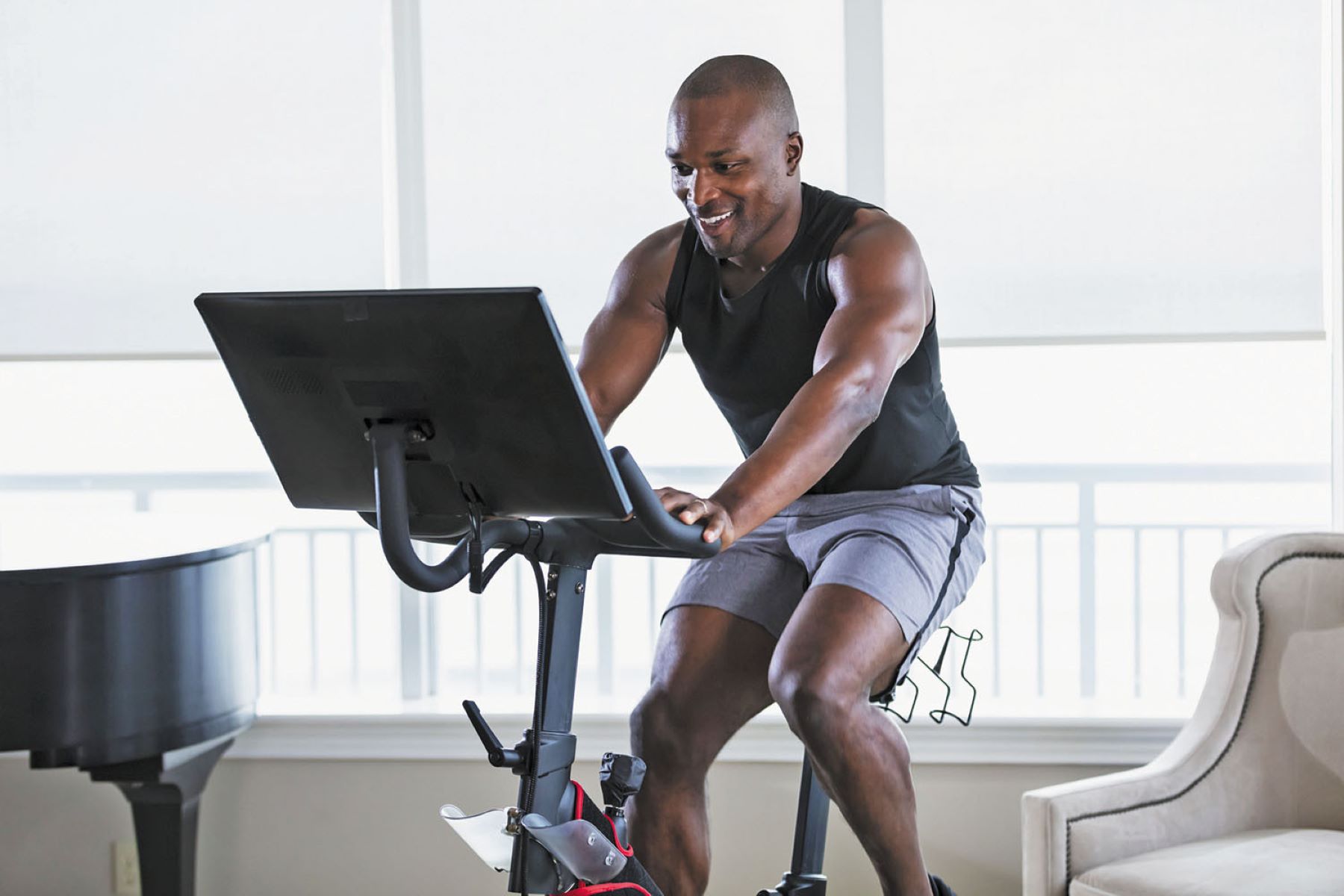Home>Training for Specific Goals>Speed Work>What Is The Typical Speed For Walking?
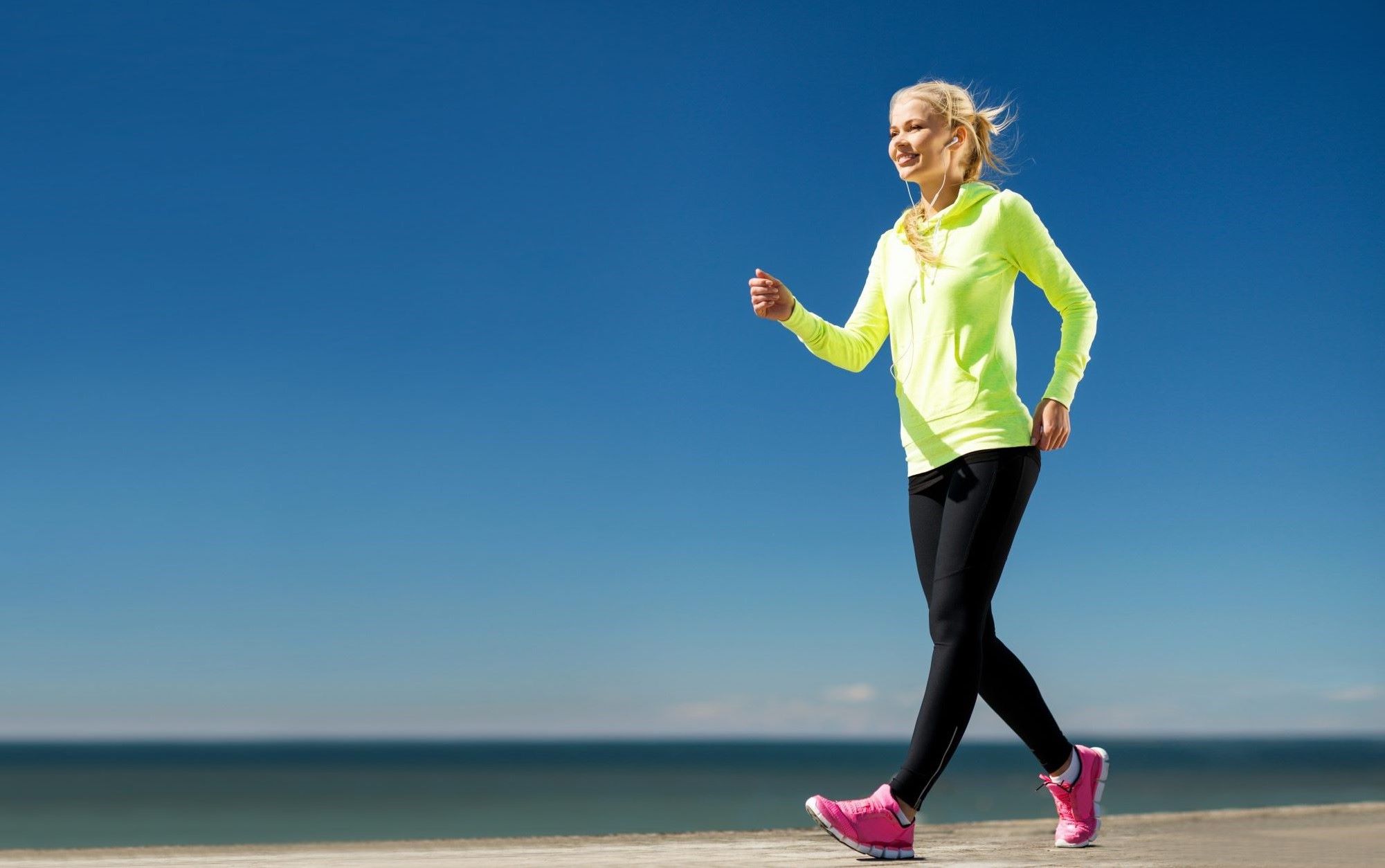

Speed Work
What Is The Typical Speed For Walking?
Published: March 2, 2024
Learn about the typical speed for walking and how speed work can improve your walking performance. Find out more about speed training and its benefits.
(Many of the links in this article redirect to a specific reviewed product. Your purchase of these products through affiliate links helps to generate commission for Therunningadvisor.com, at no extra cost. Learn more)
Table of Contents
Factors Affecting Walking Speed
Walking speed is influenced by a variety of factors, reflecting the intricate interplay of physiological, environmental, and psychological elements. Understanding these factors can provide valuable insights into the dynamics of walking speed and its implications for overall health and well-being.
-
Age: Age is a significant determinant of walking speed. As individuals age, there is a natural decline in muscle strength, flexibility, and cardiovascular function, which can impact walking speed. Older adults may experience a decrease in stride length and frequency, leading to a slower walking pace compared to younger individuals.
-
Physical Fitness: The level of physical fitness directly influences walking speed. Individuals who engage in regular physical activity tend to exhibit greater muscular strength, endurance, and cardiovascular fitness, enabling them to walk at a brisker pace. Conversely, sedentary lifestyles can contribute to reduced walking speed due to decreased muscle tone and cardiovascular efficiency.
-
Health Conditions: Various health conditions, such as arthritis, neurological disorders, and respiratory ailments, can affect walking speed. Pain, stiffness, and impaired motor function associated with these conditions may hinder mobility and lead to a slower walking pace. Additionally, individuals with chronic illnesses may experience fatigue, further impacting their ability to walk at a faster speed.
-
Environmental Factors: The environment in which walking takes place can significantly impact walking speed. Uneven terrain, obstacles, inclement weather, and crowded spaces can all influence the pace at which individuals walk. Furthermore, the presence of supportive infrastructure, such as well-maintained sidewalks and pedestrian-friendly urban design, can facilitate faster walking speeds.
-
Psychological Factors: Psychological factors, including motivation, mood, and cognitive function, play a role in determining walking speed. Individuals who are motivated and in a positive emotional state may exhibit a swifter gait compared to those experiencing stress or mental fatigue. Cognitive impairments can also affect spatial awareness and coordination, influencing walking speed.
-
Biomechanics: The biomechanical aspects of walking, such as stride length, cadence, and posture, contribute to variations in walking speed. Optimal biomechanics, characterized by efficient movement patterns and proper alignment, can enhance walking speed, while suboptimal biomechanics may impede forward propulsion and reduce overall pace.
Understanding the multifaceted nature of walking speed and the diverse factors that influence it is essential for promoting healthy mobility and identifying opportunities for improvement. By addressing these factors, individuals can optimize their walking speed and enhance their overall physical function, thereby reaping the numerous benefits associated with an active and brisk walking pace.
Read more: What Is The Typical Speed For Running?
Importance of Walking Speed
The significance of walking speed extends far beyond the simple act of locomotion. It serves as a valuable indicator of overall health, functional capacity, and vitality. The pace at which an individual walks can offer profound insights into various physiological and psychological aspects, making it a crucial metric in assessing well-being and quality of life.
Health Assessment
Walking speed is recognized as a reliable marker of health status and mortality risk. Research has consistently demonstrated that slower walking speeds are associated with a higher likelihood of developing chronic conditions and experiencing adverse health outcomes. Conversely, brisk walking speeds are indicative of better cardiovascular fitness, muscular strength, and overall physiological resilience. By gauging walking speed, healthcare professionals can gain valuable information about a person's health trajectory and potential health risks, allowing for proactive interventions and tailored health management strategies.
Functional Capacity
The ability to walk at a comfortable and efficient pace is fundamental to maintaining independence and functional mobility. Walking speed directly influences an individual's capacity to perform daily activities, navigate their environment, and engage in social interactions. A decline in walking speed can signify a reduction in functional capacity, potentially leading to limitations in activities of daily living and a diminished sense of autonomy. Therefore, preserving and enhancing walking speed is essential for promoting active aging and sustaining a high quality of life.
Quality of Life
Beyond its physiological implications, walking speed holds profound implications for psychological well-being and emotional vitality. A brisk walking pace is often associated with a sense of energy, dynamism, and vitality, contributing to an overall positive outlook on life. Conversely, a slower walking speed may be linked to feelings of fatigue, reduced motivation, and a diminished sense of vitality. By recognizing the impact of walking speed on emotional well-being, individuals can strive to maintain an optimal pace that fosters a sense of vigor and zest for life.
Social Engagement
The ability to walk at a comfortable and steady pace facilitates social participation and community engagement. Whether it involves strolling with friends, participating in group activities, or simply navigating public spaces, walking speed plays a pivotal role in fostering social connections and a sense of belonging. Individuals with a brisk walking pace are often more inclined to engage in social interactions and recreational pursuits, contributing to a rich and fulfilling social life.
In essence, walking speed transcends its role as a mere physical attribute and emerges as a multifaceted indicator of health, vitality, and overall well-being. By recognizing its profound implications and striving to optimize walking speed, individuals can enhance their health, functional capacity, and quality of life, thereby embracing the myriad benefits of an active and vibrant lifestyle.
Average Walking Speed for Different Age Groups
Walking speed varies across different age groups, reflecting the diverse physiological capabilities and functional dynamics associated with each stage of life. Understanding the typical walking speeds for various age cohorts provides valuable insights into the natural progression of mobility and offers a benchmark for assessing individual performance and overall health.
Children and Adolescents
In early childhood, walking speed undergoes a notable evolution as motor skills develop and physical growth occurs. Toddlers typically exhibit a tentative and exploratory gait, with an average walking speed ranging from 0.5 to 0.8 meters per second. As children progress through adolescence, their walking speed gradually increases, influenced by factors such as muscle development, coordination refinement, and increased confidence in ambulatory abilities. By the teenage years, the average walking speed for adolescents ranges from 1.2 to 1.6 meters per second, reflecting the enhanced neuromuscular coordination and physical maturation characteristic of this age group.
Young Adults
Young adults, typically ranging from late teens to early thirties, often demonstrate peak physical performance and optimal walking speed. The average walking speed for this demographic cohort ranges from 1.4 to 1.8 meters per second, reflecting the culmination of muscular strength, cardiovascular fitness, and biomechanical efficiency. During this phase of life, individuals typically exhibit a confident and energetic gait, reflecting the vigor and vitality associated with youthful mobility.
Middle-Aged Adults
As individuals transition into the middle-aged phase, typically spanning from the late thirties to the early sixties, walking speed may undergo subtle changes influenced by physiological aging processes and lifestyle factors. The average walking speed for middle-aged adults ranges from 1.2 to 1.6 meters per second, reflecting a balance between the preservation of physical function and the gradual onset of age-related changes in musculoskeletal integrity and cardiovascular capacity. While walking speed may exhibit slight declines compared to younger age groups, proactive engagement in physical activity and health-promoting behaviors can help sustain optimal mobility and walking speed during this life stage.
Older Adults
In the senior years, individuals experience a natural decline in walking speed as a result of age-related changes in muscle mass, joint flexibility, and cardiovascular function. The average walking speed for older adults typically ranges from 0.8 to 1.2 meters per second, reflecting the impact of physiological aging on gait dynamics. Despite the reduced walking speed, maintaining mobility and independence remains paramount for older adults, highlighting the importance of targeted interventions and supportive environments to facilitate safe and comfortable ambulation.
By delineating the average walking speeds across different age groups, we gain a comprehensive understanding of the nuanced variations in mobility and physical function that accompany the diverse stages of life. This insight underscores the significance of tailored approaches to promoting optimal walking speed and mobility across the lifespan, ultimately contributing to enhanced health, functional capacity, and overall well-being.
How to Improve Walking Speed
Enhancing walking speed encompasses a multifaceted approach that integrates targeted physical training, biomechanical refinement, and lifestyle modifications. By implementing strategic interventions and adopting evidence-based practices, individuals can optimize their walking speed and cultivate a more efficient and dynamic gait. Here are key strategies to improve walking speed:
1. Strength and Endurance Training
Engaging in regular strength and endurance exercises can significantly enhance walking speed. Incorporating activities such as resistance training, functional movements, and cardiovascular workouts can bolster muscular strength, improve cardiovascular fitness, and optimize neuromuscular coordination. Focusing on lower body exercises, including squats, lunges, and calf raises, can specifically target the muscle groups involved in walking, leading to improved propulsion and stride efficiency.
2. Gait Analysis and Correction
Undergoing gait analysis by a qualified professional can identify biomechanical inefficiencies and gait abnormalities that may impede walking speed. Addressing issues such as improper foot placement, asymmetrical stride length, or inadequate push-off can lead to substantial improvements in walking speed. Implementing corrective exercises and gait retraining techniques can optimize biomechanical alignment and promote a more fluid and efficient gait pattern.
3. Flexibility and Range of Motion Exercises
Maintaining optimal joint flexibility and range of motion is essential for achieving an efficient walking gait. Incorporating stretching routines that target key muscle groups involved in walking, such as the hamstrings, quadriceps, and hip flexors, can enhance stride length and overall mobility. Improved flexibility contributes to a more expansive and fluid gait, facilitating a swifter walking pace.
4. Cadence and Rhythm Training
Focusing on cadence and rhythm during walking can lead to notable improvements in walking speed. Practicing rhythmic walking patterns and consciously increasing step frequency can enhance propulsion and forward momentum. By synchronizing arm swing with stride length and cadence, individuals can optimize their walking efficiency and achieve a brisker pace.
5. Environmental Adaptations
Creating a supportive walking environment can contribute to improved walking speed. Ensuring well-maintained walking surfaces, adequate lighting, and minimal obstacles can facilitate a smoother and more confident gait. Additionally, utilizing walking aids or assistive devices when necessary can enhance stability and confidence, leading to a more assured and expedient walking pace.
6. Consistent Practice and Progress Monitoring
Regular practice and consistent monitoring of walking speed can foster ongoing improvements. Setting achievable goals, tracking progress, and adjusting training regimens based on performance metrics can lead to incremental enhancements in walking speed. By maintaining a proactive and structured approach to training, individuals can steadily elevate their walking speed and overall mobility.
By integrating these strategies into a comprehensive walking speed enhancement program, individuals can cultivate a more efficient, dynamic, and purposeful gait. Embracing a proactive and holistic approach to improving walking speed empowers individuals to optimize their mobility, enhance physical function, and embrace the numerous benefits of an agile and vibrant walking pace.
Walking Speed and Health Benefits
The relationship between walking speed and health transcends mere physical activity; it serves as a powerful indicator of overall well-being and a catalyst for numerous health benefits. A brisk walking pace is emblematic of robust cardiovascular fitness, muscular strength, and metabolic efficiency, all of which contribute to a myriad of physiological advantages. By consistently maintaining an optimal walking speed, individuals can unlock a wealth of health benefits that encompass cardiovascular health, metabolic regulation, musculoskeletal integrity, and psychological well-being.
Cardiovascular Health
A brisk walking pace stimulates the cardiovascular system, promoting enhanced blood circulation, efficient oxygen delivery, and optimal heart function. This sustained cardiovascular activity contributes to lowered resting heart rate, improved blood pressure regulation, and enhanced vascular health. Over time, regular brisk walking can reduce the risk of cardiovascular diseases, including coronary artery disease, stroke, and peripheral artery disease, while fostering overall cardiovascular resilience and endurance.
Metabolic Regulation
Walking at an optimal pace engages the body's metabolic processes, leading to improved glucose regulation, insulin sensitivity, and lipid metabolism. The sustained physical activity associated with brisk walking enhances metabolic efficiency, contributing to better blood sugar control, reduced risk of type 2 diabetes, and favorable lipid profiles. Furthermore, the metabolic benefits of brisk walking extend to enhanced energy expenditure, facilitating weight management and metabolic equilibrium.
Musculoskeletal Integrity
Optimizing walking speed supports musculoskeletal health by promoting bone density, joint mobility, and muscular endurance. The weight-bearing nature of brisk walking stimulates bone remodeling, reducing the risk of osteoporosis and enhancing skeletal strength. Additionally, the rhythmic contraction of muscles during brisk walking supports joint health and mobility, contributing to reduced risk of musculoskeletal disorders and improved functional capacity.
Psychological Well-being
The act of walking at a brisk pace exerts profound positive effects on mental health and emotional well-being. Regular brisk walking is associated with reduced stress levels, improved mood, and enhanced cognitive function. The release of endorphins during brisk walking fosters a sense of well-being and vitality, while the meditative and rhythmic nature of walking promotes mental clarity and emotional resilience.
By recognizing the profound health benefits associated with optimal walking speed, individuals are empowered to embrace brisk walking as a transformative health-promoting activity. The cumulative impact of brisk walking on cardiovascular health, metabolic regulation, musculoskeletal integrity, and psychological well-being underscores its pivotal role in fostering holistic health and vitality. Embracing a brisk walking pace as a cornerstone of a healthy lifestyle equips individuals with a powerful tool for enhancing their overall well-being and longevity.


